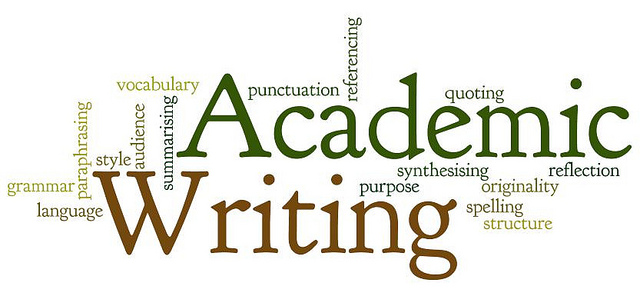Online Reading Guides
Lit Charts is a competitor of SparkNotes, and offers a well-designed theme-tracking interface that makes it easy to ‘chart’ the development of a major theme from chapter to chapter, which can be very helpful when seeking out evidence for an analytical essay — there’s even a section on important quotes organized by theme. It’s also a source for very thorough summary and analysis breakdowns, chapter by chapter and page by page, so that students can preview difficult texts or review before an exam. Two more helpful features: the literary devices and terms reference guide, and a modern, line by line adaption of every play by William Shakespeare.
Academic Writing Centers
Academic writing centers can provide guidance as students begin to embark on more challenging essay assignments. The Harvard Writing Center site offers tips for each step of the writing process, from breaking down an assignment to developing a thesis, and from rough draft to final copy. The Purdue OWL (Online Writing Lab) is another great resource for academic writing — when we use Purdue OWL with students, though, it’s most often specifically to explore the comprehensive guide to citation practices. Whether your student’s teacher prefers MLA, APA, or Chicago Style citations, Purdue OWL is one of the web’s best references for the nuanced formatting requirements of a well-made bibliography.
Citation Tools
BibMe, or any of its comparable competitors (such as Easybib, Citationmachine, Citefast), is a quick and easy upgrade to the traditional approach to creating a bibliography. Students can enter the title of a book, journal article, or website, specify a style of citation, and then sit back while the site seeks out the relevant publication information and generates a complete citation. As with any time-saving digital shortcut, though, be sure to double check the site’s work, so that the occasional glitch does not slip by undetected.
The Google Toolbox
Google Drive, Google Docs, Google Slides, Google Sheets — Students today will no doubt already have encountered the most common of these Google Apps before high school, but now is the time to master them. It’s worth taking the time to create an organizational system for docs and slides in Google Drive, broken down by school year and subject. Students should also play around with the different collaboration tools, learning how to make suggested edits and respond to comments. With the right adjustment in settings, Google Docs can also be edited and composed offline, which can be incredibly valuable when students are fighting to remain focused in the always-connected cybersphere. One under appreciated app in the Google toolbox is Google Keep, an intuitive checklist maker and digital bulletin board that can be a useful place to track assignments and gather notes - an easily installable extension in Google Chrome will allow students to pin any article from across the web on their Keep platform, and notes can then be tagged to a specific category and color coded for organization. Encourage students to explore how they can customize their experience with these apps to work more efficiently and increase their productivity.
Spellchecker 2.0
Grammarly is an online grammar checking app that can effectively proofread both academic papers and everyday emails; if students submit an essay to the Grammarly platform, they can receive a detailed breakdown of grammatical errors with short explanations or suggested fixes, cleanly and clearly displayed. The app will also automatically detect plagiarism, using a web-scraping capability similar to that now used by many teachers to check over digitally submitted assignments. With this function, students can be alerted to any quotes or ideas in their work that haven’t been properly cited before they turn it in as a finished product.





